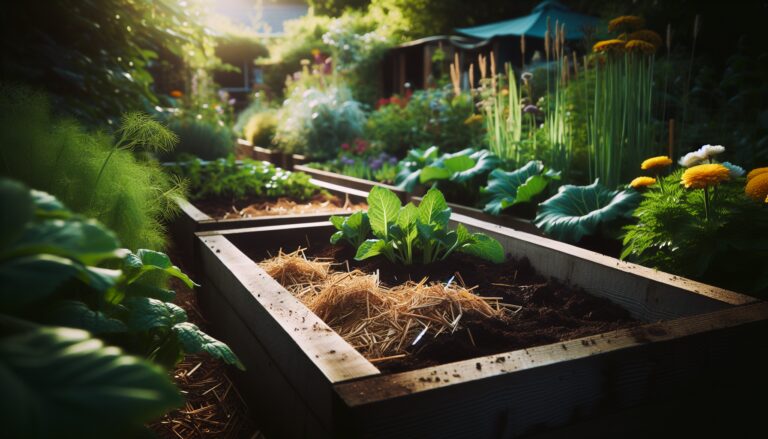Argomenti trattati
Understanding the importance of filling raised garden beds
When it comes to gardening, the foundation is everything. Filling raised garden beds correctly is crucial for creating a sustainable and nutrient-rich environment for your plants. The right materials not only enhance drainage but also improve water retention, ensuring your plants thrive. This article explores effective strategies for filling your raised garden beds, focusing on natural materials that are both cost-effective and beneficial for plant health.
Layering materials for optimal drainage and nutrients
To achieve a well-balanced raised garden bed, start with a solid base. Begin by placing larger materials at the bottom, such as small hardwood logs and branches. These materials serve a dual purpose: they allow excess water to drain while also absorbing moisture to release back into the soil. Over time, as these materials decompose, they contribute essential nutrients like nitrogen, enriching the soil.
Next, consider adding a layer of cardboard or newspaper to suppress weeds. These biodegradable materials break down quickly, enhancing water retention and promoting healthy soil structure. Following this, create a denser middle layer using smaller organic materials that decompose more readily. A mixture of leaves, straw, aged animal manure, and partially decomposed compost works wonders, providing readily available nutrients for your plants.
Choosing the right top layer for your raised bed
The top layer is where your plants will grow, so it’s essential to invest in high-quality soil. Aim for a rich, organically rich loam that supports healthy root development. You can purchase commercial soils specifically designed for raised beds or create your own mix using a combination of compost, coconut coir, and other organic amendments. This top layer should ideally be 6 to 10 inches deep, depending on the types of plants you intend to grow.
For deeper beds, such as those measuring 18 inches, consider a layered approach: start with 6 inches of good drainage materials, followed by 4 to 6 inches of organic matter like leaves and straw, and finish with a rich loamy soil mix. This method not only maximizes space but also ensures that your plants have access to the nutrients they need throughout their growth cycle.
Maximizing space and resources
When filling your raised garden bed, it’s essential to maximize the use of available materials. Utilize readily available natural resources like small logs, branches, and leaves to fill the bottom layers. This approach not only saves money but also promotes a sustainable gardening practice. Remember, hardwood materials are preferable to rocks, as they provide moisture retention and break down over time, enriching the soil.
By following these guidelines, you can create a thriving environment for your plants, ensuring they receive the nutrients and water they need to flourish. With a little planning and the right materials, your raised garden beds can become a productive and sustainable part of your gardening journey.

